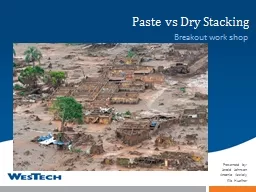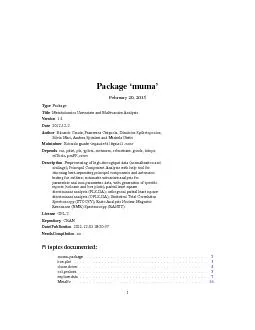PDF-BASE PASTE AMERICAEPIDEMIOLOGICAL AND MEDICALTOXICOLOGICAL
Author : obrien | Published Date : 2022-08-23
Organizax00740069on ofAmerican StatesInterAmerican Drug Abuse Control Commission Systematic Review Article Use of cocaine base paste in South America a
Presentation Embed Code
Download Presentation
Download Presentation The PPT/PDF document "BASE PASTE AMERICAEPIDEMIOLOGICAL AND ME..." is the property of its rightful owner. Permission is granted to download and print the materials on this website for personal, non-commercial use only, and to display it on your personal computer provided you do not modify the materials and that you retain all copyright notices contained in the materials. By downloading content from our website, you accept the terms of this agreement.
BASE PASTE AMERICAEPIDEMIOLOGICAL AND MEDICALTOXICOLOGICAL: Transcript
Download Rules Of Document
"BASE PASTE AMERICAEPIDEMIOLOGICAL AND MEDICALTOXICOLOGICAL"The content belongs to its owner. You may download and print it for personal use, without modification, and keep all copyright notices. By downloading, you agree to these terms.
Related Documents














